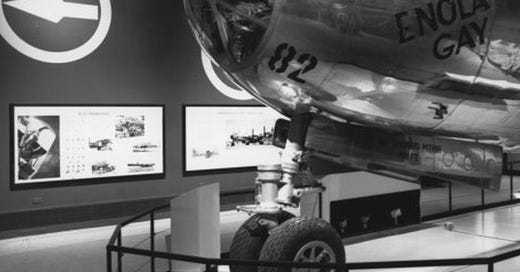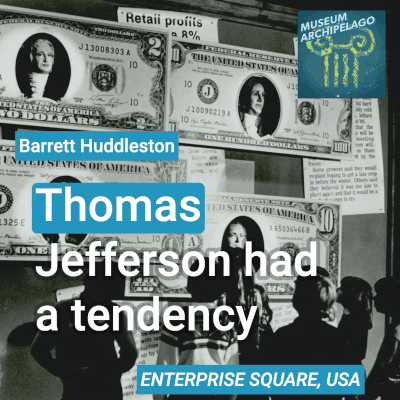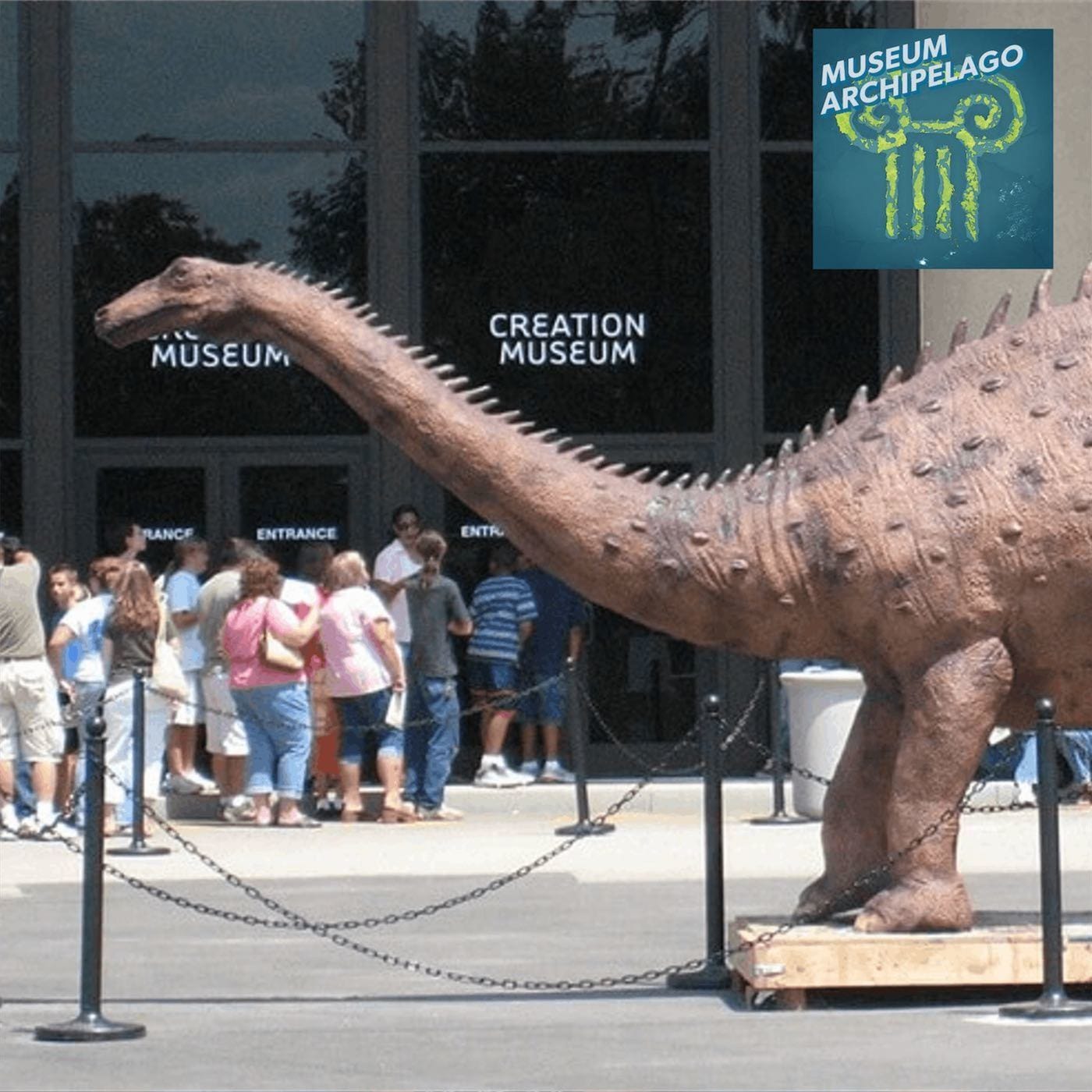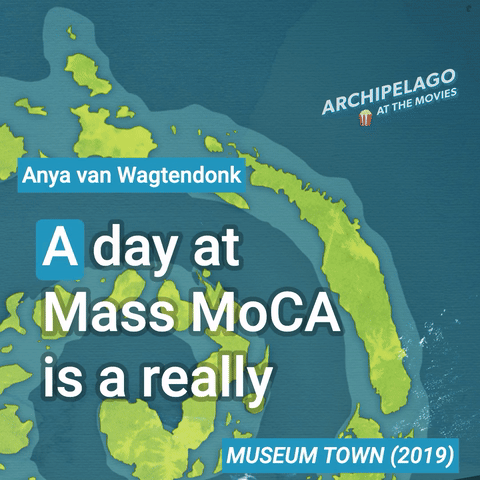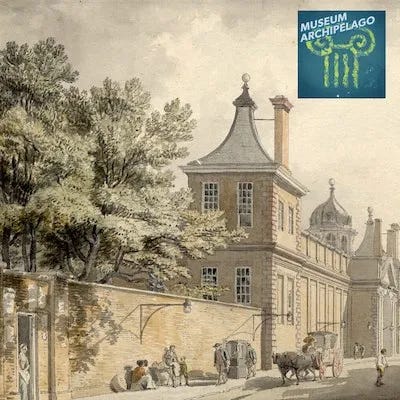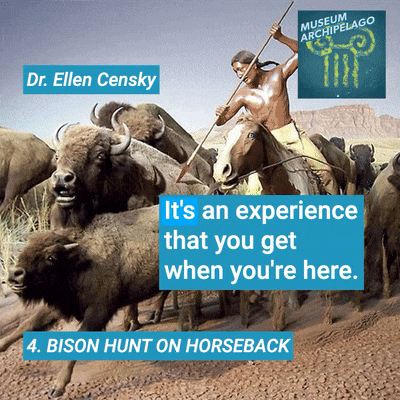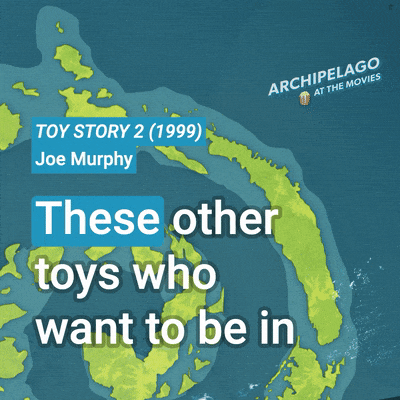Welcome to Museum Archipelago in Your Inbox, which does exactly what it says on the tin. Museum Archipelago, your audio guide to the rocky landscape of museums, is hosted by me, Ian Elsner.
For the 50th anniversary of the end of World War II, the Smithsonian National Air and Space Museum planned to display the Enola Gay, the Boeing B-29 that dropped the atomic bomb on Hiroshima. The plane was restored to be part of a full exhibit, presented alongside context about the atomic bombing's mass civilian casualties.
But that exhibit never opened. Instead, after years of script revisions and intense pressure from veterans' groups and Congress, the museum displayed the restored bomber's fuselage with minimal interpretation. The exhibit was primarily dedicated to the technical process of restoring the aircraft; as one visitor noted, "I learned a lot about how to polish aluminum, but I did not learn very much about the decision to drop the atomic bomb."
In this episode, historian Gregg Herken, who served as Chairman of the museum's Space History Division during the controversy, recounts how the exhibit went from reckoning with the bomb's full impact to re-enforcing a patriotic narrative. He recalls the specific moments that led up to one of the museum industry's cautionary tales, like when the director agreed to remove evocative artifacts like a schoolgirl's carbonized lunchbox from Hiroshima from the exhibition plans, and how the Air Force Association demanded the exhibit say the bombing saved 1 million American lives and other assertions that have been challenged by generations of historians.
Today, as a new presidential executive order dictates how the Smithsonian interprets American history, we realize the "Enola Gay Fiasco" isn't just a cautionary tale—it's the blueprint for a more aggressive campaign to justify anything.
Gallery Continues 🎒
Central to the Enola Gay fiasco is the tension between a museums as a collection and museums as a narrative -- moving beyond technological celebration toward contextual interpretation. Across the National Mall from the National Air and Space Museum, the Fossil Hall at the National Museum of Natural History has been able to transition from the taxonomy-focused "Hall of Extinct Monsters" to today's narrative-driven "Deep Time". As exhibitions developer Ben Miller noted about the Fossil Hall evolution in episode 66, designers eventually recognized exhibitions should exist "more for the public, rather than being a showroom for the collections."
Archipelago at the Movies🍿 "The Simpsons" Uncut Femmes (2021)
Some of the best episodes of the Simpsons take place at a museum, but this one takes place at two: a World War II battleship, on which Marge gets stuck chaperoning an overnight field trip, and the Museum of Generational Wealth, which plays host to the annual Gen Gala.
In this episode, Rebecca Reibstein enlightens me about the Met Gala and unpacks the concept of camp, while we continue to refine the beats and twists of our own museum heist.

